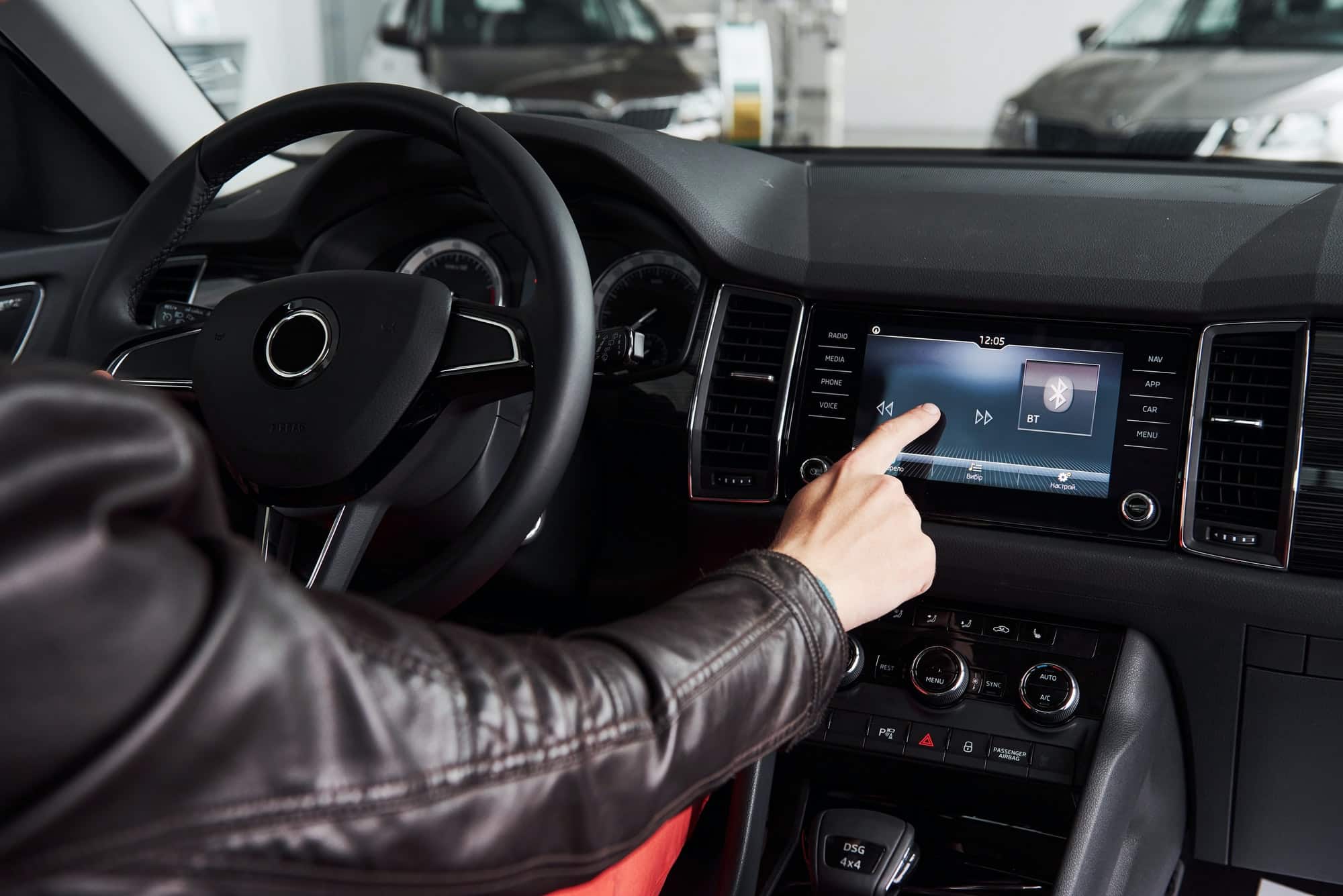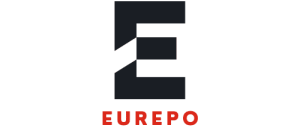What Are the Latest Trends in IoT for Garden and Lawn Care?

In the realm of technology, the Internet of Things (IoT) is a revolutionary force that is changing how we manage our everyday lives. This wave of innovation has also swept through the gardening and lawn care industry, offering unprecedented ways to nurture green spaces more efficiently and sustainably. This article will probe into the latest trends in IoT for garden and lawn care, providing an in-depth analysis of the global market and its growth forecast.
The Global Market Landscape
The global market for IoT in garden and lawn care is an exciting and rapidly evolving field. In fact, the market size is expected to reach an astounding figure of USD 2.77 billion by 2027, demonstrating the significant growth potential of this industry. This growth can be attributed to the increasing adoption of smart gardening systems, a trend driven by factors such as technological advancements, rising sustainability concerns, and shifting consumer lifestyles.
A lire également : How Are Wearable IoT Devices Being Used in Employee Health Monitoring?
Smart gardening systems leverage IoT technology to automate various gardening tasks. These systems can monitor environmental conditions like soil moisture levels, weather forecasts, and plant health, and adjust watering and fertilization schedules accordingly. They also offer features like remote access and real-time notifications, allowing users to manage their gardens and lawns from anywhere, anytime.
Several types of equipment, such as smart sprinklers, robotic mowers, and IoT-enabled sensors, are gaining traction in the market. As these systems become more mainstream, we can expect a surge in demand for these technologies and, consequently, a robust growth in the market.
A lire aussi : How Can IoT Sensors Improve Indoor Air Quality Monitoring?
Indoor Gardening Systems: A Budding Trend
While outdoor landscaping remains a key aspect of the market, there is a rising trend towards indoor gardening systems. This surge in indoor gardening is primarily driven by the increasing urbanisation that is leading to a space crunch in many cities, leaving residents with little or no outdoor space for traditional gardening.
In response to this need, technology has stepped in with smart indoor gardening systems that allow city dwellers to cultivate their green thumb within the confines of their homes. These systems use IoT technology to create optimal growing conditions for a variety of plants, from herbs and vegetables to ornamental flowers. They can control factors like light, temperature, and humidity, and even provide alerts for watering and fertilizing the plants.
The indoor gardening market is expected to hit a remarkable figure of USD 1.37 billion by the end of 2027, indicating a significant market opportunity for companies operating in this space.
Smart Lawn Care: A Growth Segment
Switching gears to outdoor spaces, the lawn care segment is another area experiencing significant growth in the use of IoT technologies. With the rise of smart homes, homeowners are increasingly turning to IoT solutions to manage their lawns.
Smart lawn care systems utilize sensors and automated equipment to maintain lawns with minimal human intervention. For instance, robotic mowers can trim the grass to a desired height, while smart sprinklers can water the lawn based on weather forecasts, soil moisture levels, and evaporation rates. Such systems not only offer convenience but also promote water conservation, aligning with the growing demand for sustainable solutions.
These developments indicate a bright future for the smart lawn care market, with a projected growth rate of 12% over the next five years.
North America: A Key Player
In terms of geography, North America is a key player in the IoT for garden and lawn care market. The region’s dominance can be credited to a high adoption rate of smart technology, a robust IoT infrastructure, and strong consumer awareness about the benefits of smart gardening systems.
Further, the region is home to many leading companies in the sector, which are constantly innovating and launching new products. For instance, companies like Husqvarna and iRobot have introduced robotic mowers that use GPS and IoT technology to mow lawns accurately and efficiently.
However, other regions are not far behind. Europe and Asia-Pacific are witnessing significant growth, fueled by increasing urbanization, rising disposable income, and a growing interest in smart homes and gardens.
Forecasting the Future
Looking ahead, IoT technology in garden and lawn care is set to transform the way we manage and maintain our green spaces. As technology continues to advance, we can expect even more sophisticated systems to emerge, offering enhanced capabilities and performance.
Artificial Intelligence (AI) and Machine Learning (ML) will likely play a larger role in future IoT gardening systems, making them more intelligent and autonomous. We can anticipate these systems to learn from past data, predict future needs, and adjust their actions accordingly.
Furthermore, as the sustainability trend continues to gain momentum, we can expect future smart gardening systems to focus more on eco-friendly features. These could include water-saving technologies, energy-efficient equipment, and systems that promote organic gardening.
These trends suggest that the future of the IoT in garden and lawn care is full of possibilities and potentials, making it an exciting space to watch for both consumers and businesses.
IoT Technologies: The New Wave of Garden Equipment
In the realm of smart gardening, IoT technologies are dramatically changing the way we perceive and interact with our gardens. With a projected global market size expected to reach an impressive USD 2.77 billion by 2027, IoT in garden and lawn care is clearly becoming a force to be reckoned with.
Among the most popular innovations are smart indoor gardening systems. These systems make use of IoT technology to automate the processes of watering, fertilizing, and caring for plants, allowing for a more efficient and effective way of managing indoor gardens. Given the increasing urbanisation and space crunch in cities, it is no wonder that the market for smart indoor gardening systems is expected to hit a whopping USD 1.37 billion figure by the end of 2027.
But it’s not just indoor gardening systems that are making waves. IoT technologies are also being increasingly used in lawn care. Robotic lawn mowers, for instance, use GPS and IoT technology to accurately mow lawns, saving homeowners time and effort. This trend towards automation and efficiency in lawn care is reflected in the market growth, with a forecasted compound annual growth rate (CAGR) of 12% over the next five years.
What’s more, the rise of smart homes has led to a surge in demand for IoT garden equipment. With homeowners now able to control their garden and lawn care systems remotely, the convenience and efficiency offered by these technologies is hard to overlook.
The Global Landscape: Market Segmentation and Growth
When it comes to the global market for IoT in garden and lawn care, North America is leading the charge. With its robust IoT infrastructure and high adoption rate of smart technology, North America is a major contributor to the market’s growth.
However, the global landscape is not dominated by North America alone. The Asia Pacific region, with its rising disposable income and increasing interest in smart homes and gardens, is also seeing significant market growth. Furthermore, the market in Europe is also expanding, driven by increasing urbanisation and a growing awareness of the benefits of smart gardening systems.
Overall, the global market for IoT in garden and lawn care is a dynamic and rapidly evolving field. With its significant growth potential, it presents exciting opportunities for both consumers and businesses alike. As we move forward into the forecast period, we can expect to see continued innovation and advancement in this space, revolutionizing the way we care for our gardens and lawns.
In Conclusion
The future of IoT in garden and lawn care is bright and full of potential. From smart indoor gardening systems to automated lawn care, these technologies are set to revolutionize the way we manage our green spaces.
But it’s not just about convenience and efficiency. As the trend towards sustainability continues to gain momentum, we can expect future smart gardening systems to focus more on eco-friendly features. These could include water-saving technologies, energy-efficient equipment, and systems that promote organic gardening.
As we look ahead, it’s clear that IoT technology in garden and lawn care is no fleeting trend. It’s a transformative force that’s here to stay, and its impact will be felt for years to come. Whether you’re a homeowner looking to simplify your gardening routine, a business looking to tap into an emerging market, or a tech enthusiast excited about the latest innovations, the future of IoT in garden and lawn care is an exciting space to watch.
